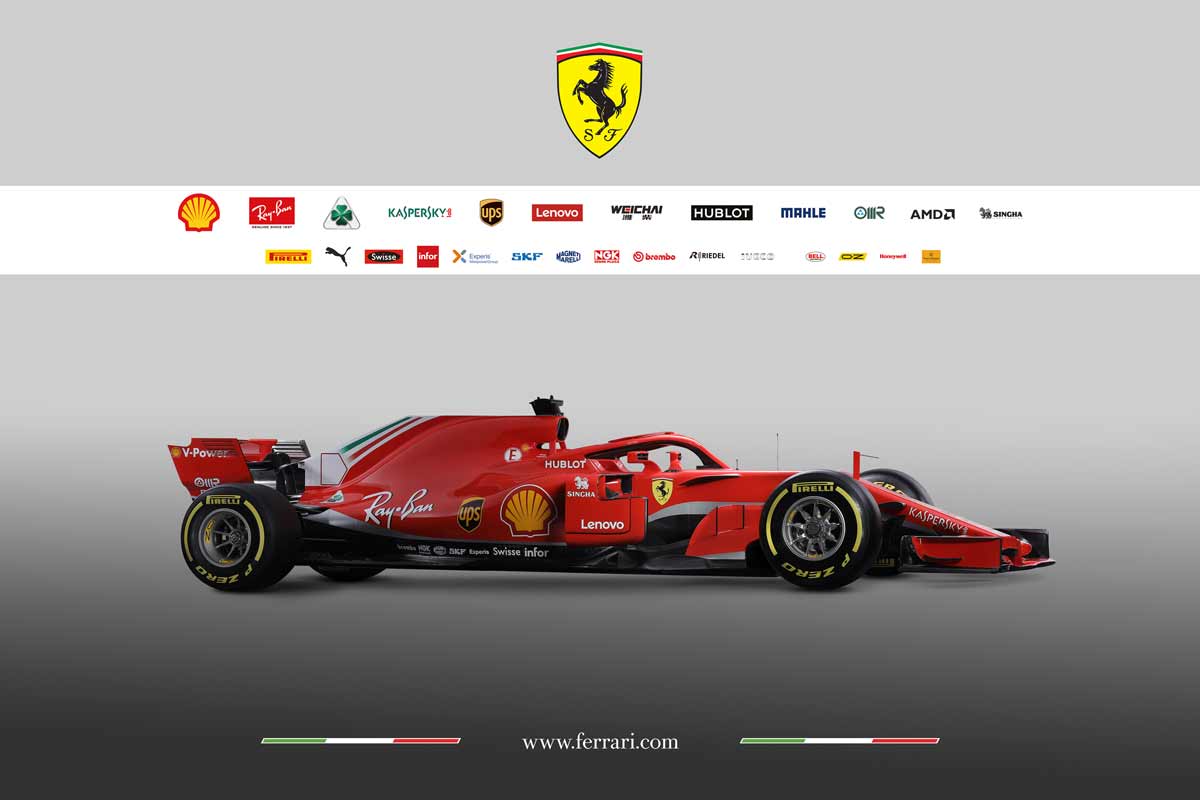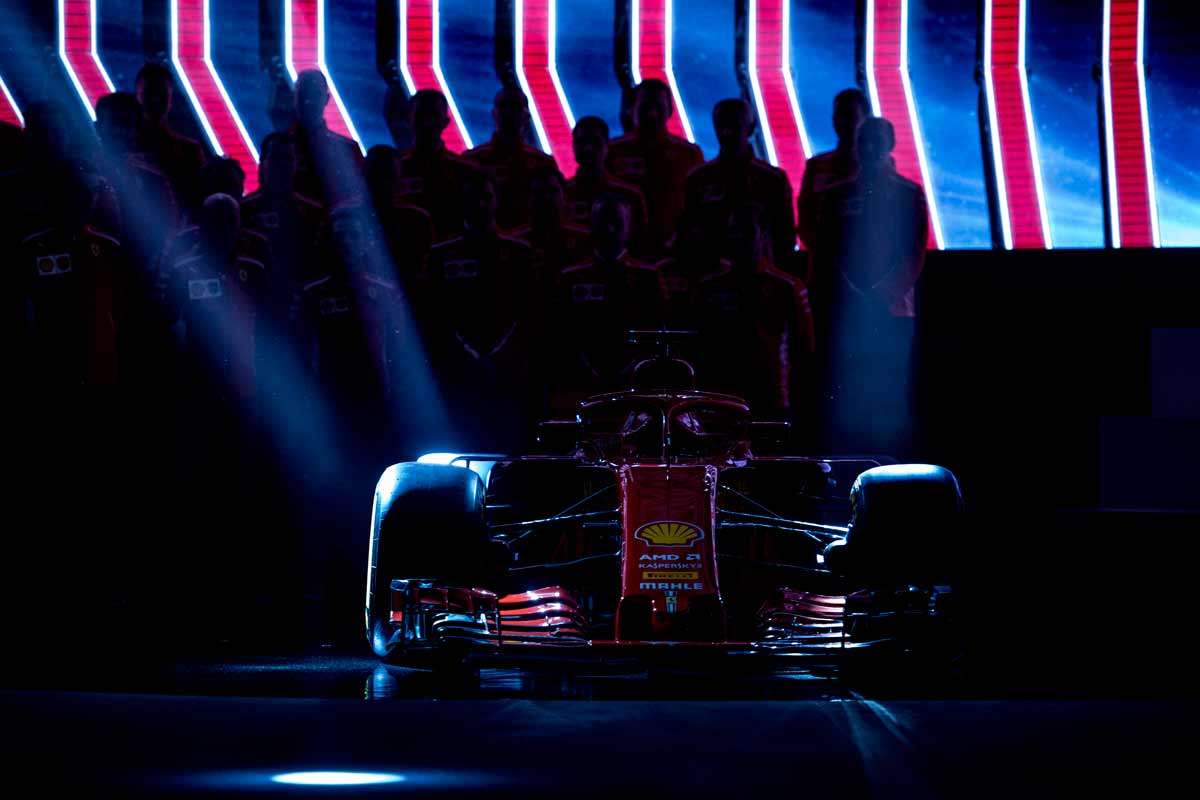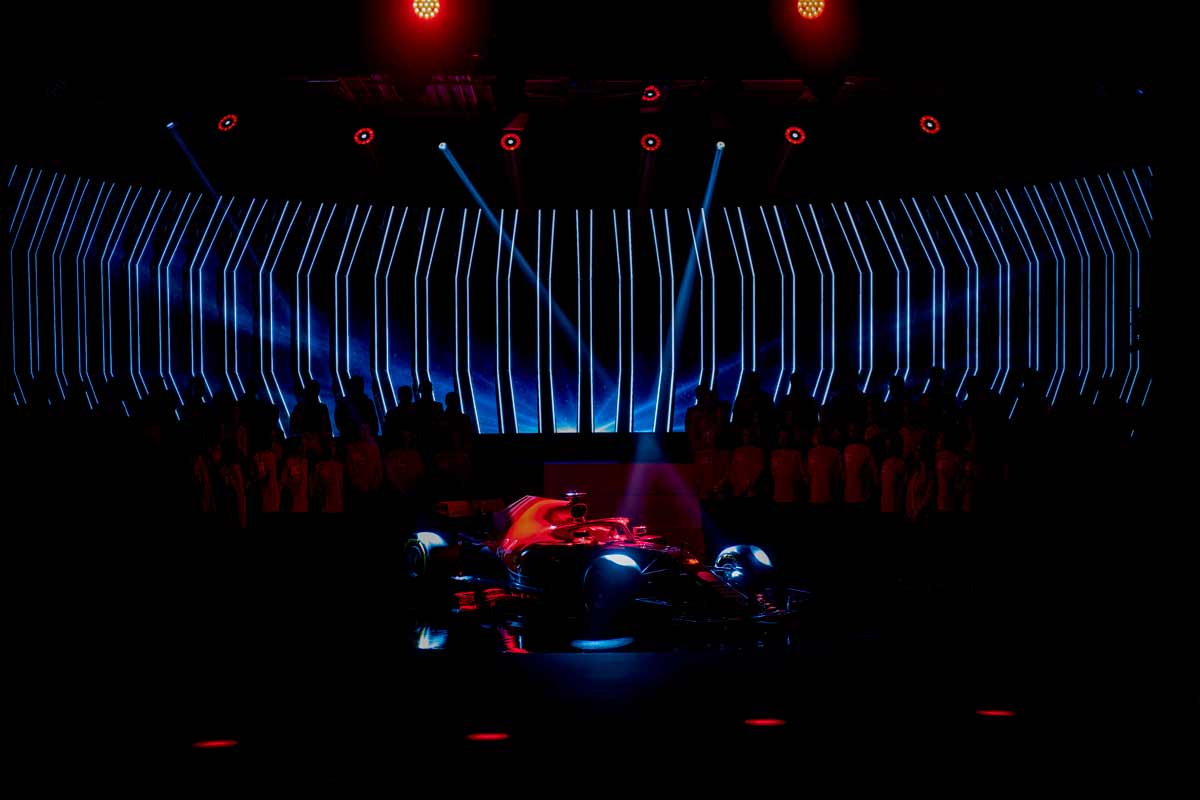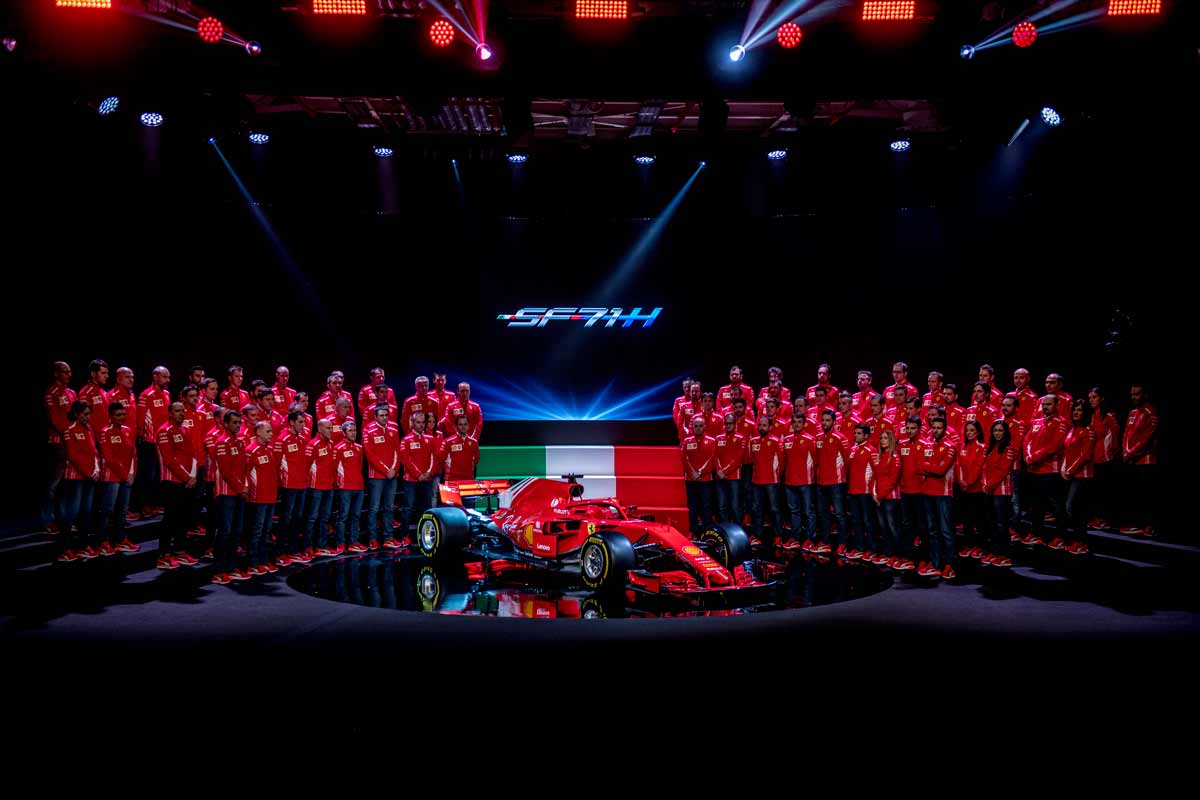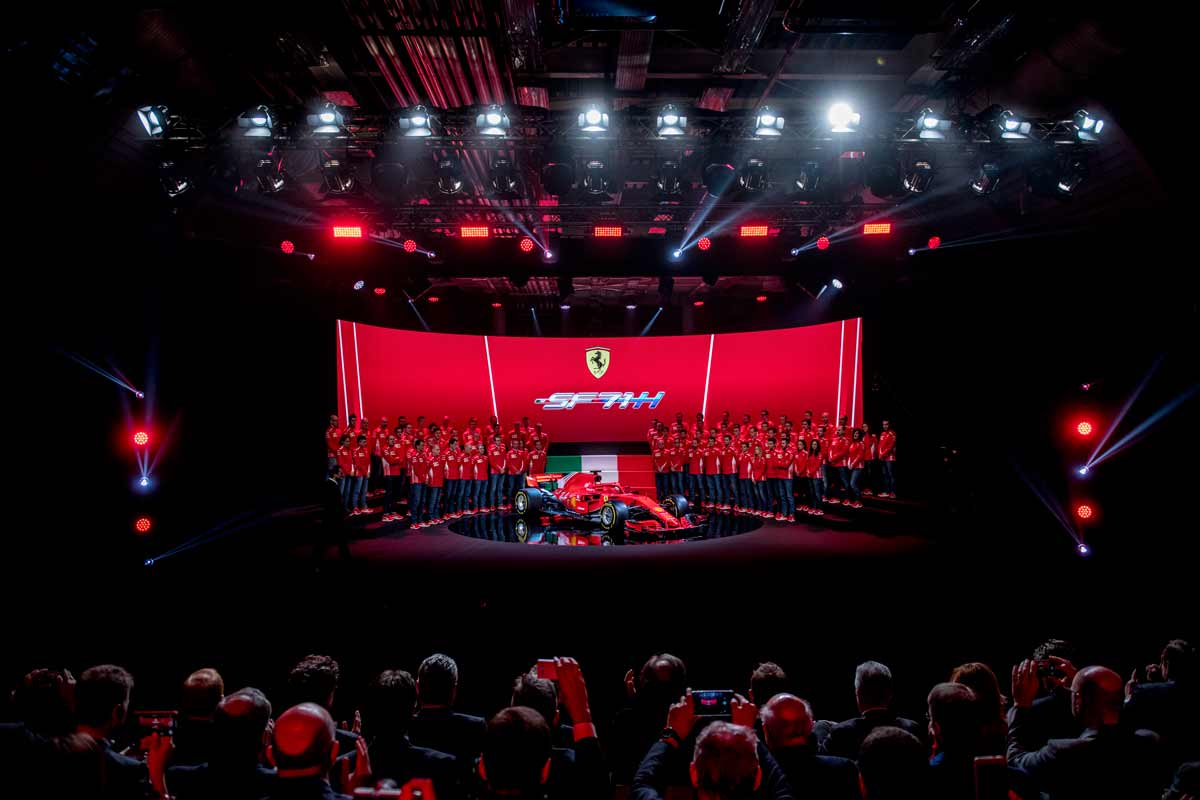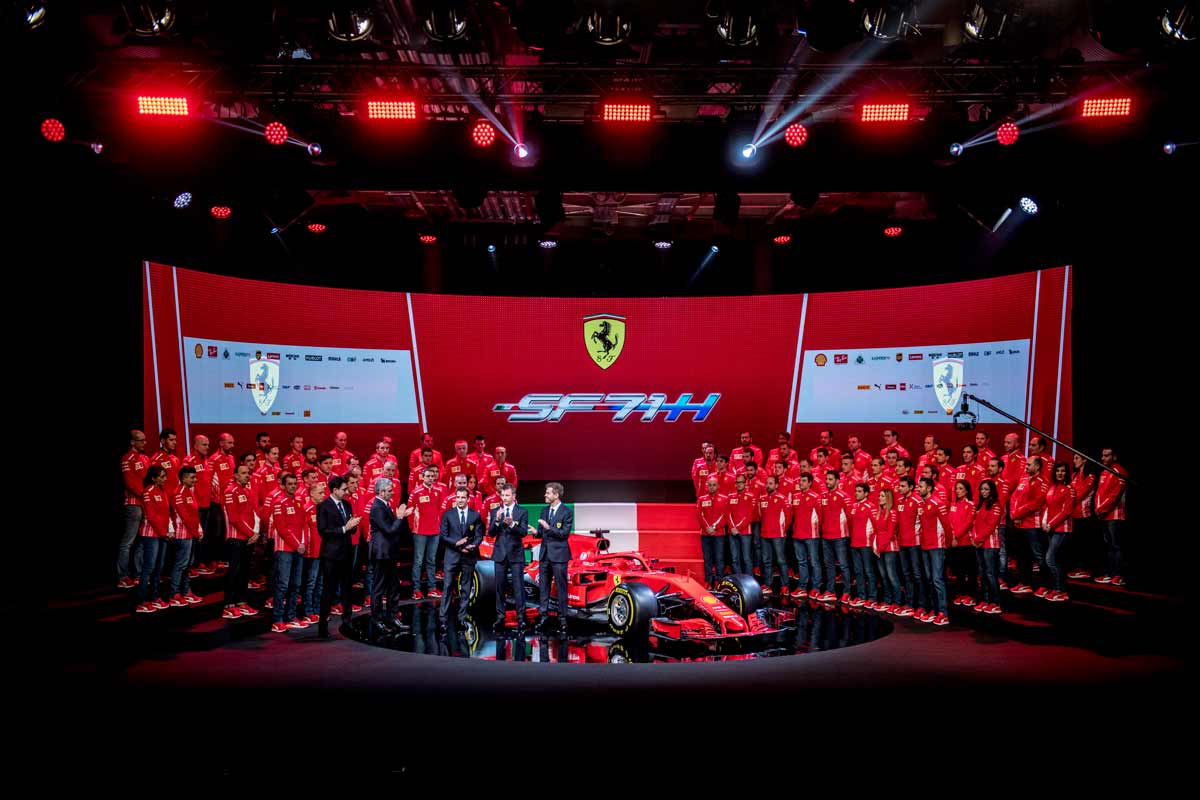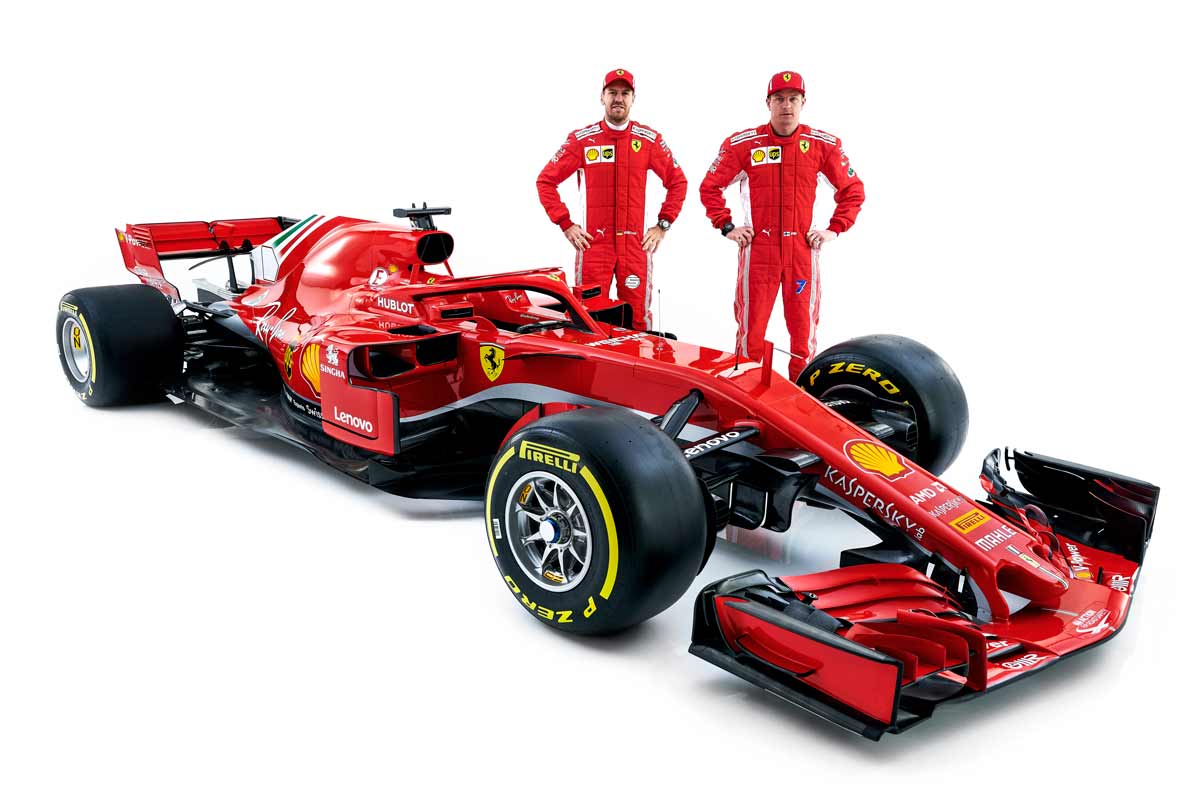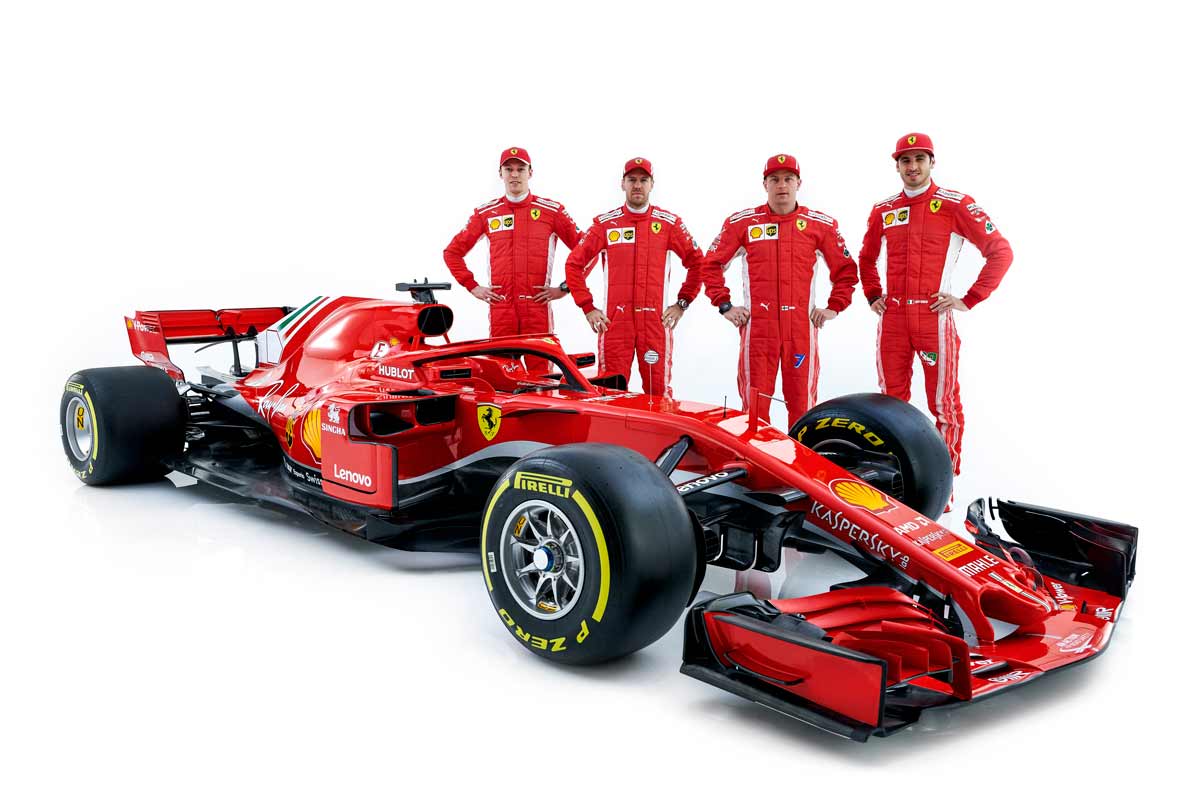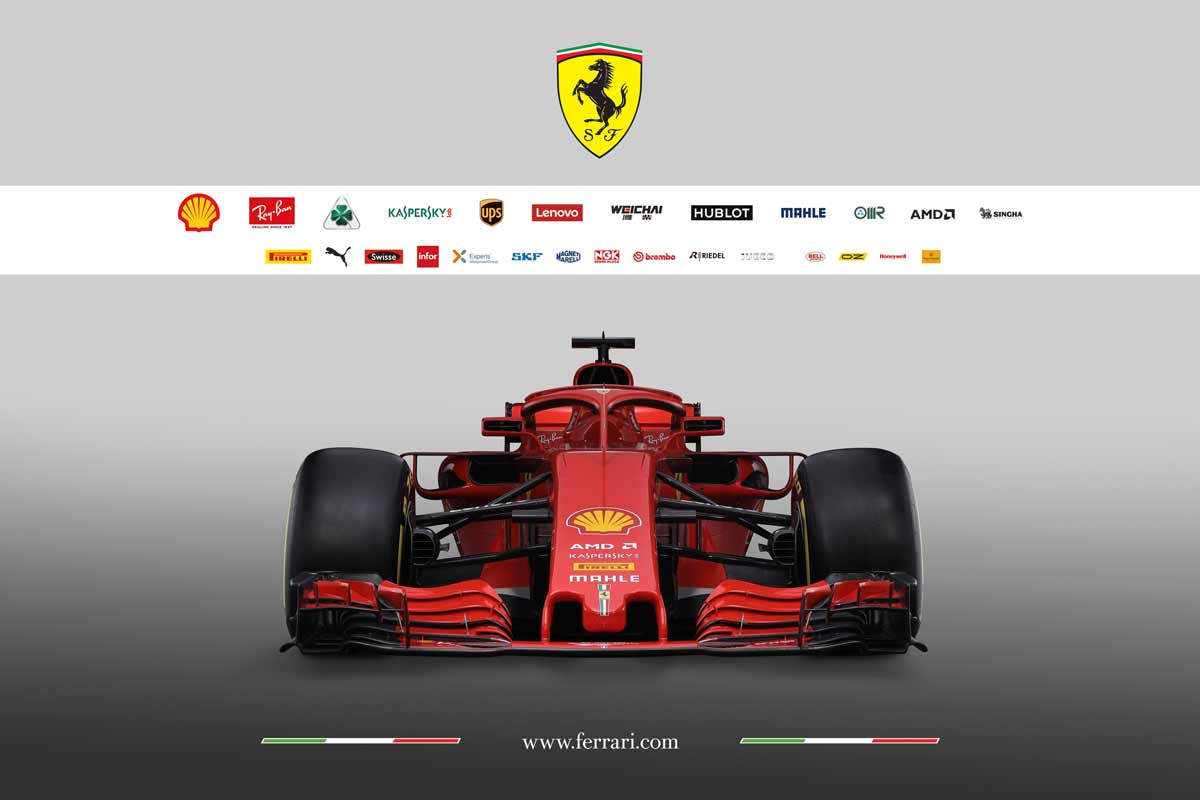
The SF71H (the code name of Project 669) is the 64th single-seater car designed and produced by Ferrari to compete in the Formula One World Championship. The rule changes introduced last season had significant changes in aerodynamics and wider tires with the aim of increasing performance. To this end, the new 2018 Ferrari F1 car was created to make the most of the experience gained last year. Compared to the SF70H anno 2017, the wheelbase was slightly changed and the sides were also revised along the cooling. The suspension followed the tested practice of using a push-rod suspension or struts in the front and a pull-rod suspension in the rear. Its design and concept were adapted to the experience gained with wider tires.
Cockpit protection
The new halo system, which is designed to better protect the driver in the cockpit area, immediately catches the eye as a new element of the Formula 1 car. After two years of testing on the track, it has now found its way into the regulations, which is why all Formula 1 cars are equipped with it. The halo system alone weighs 7 kilograms, but further adjustments have reduced the extra weight to an additional 5 kilograms, bringing the minimum dry weight from an initial 728 kilograms to 733 kilograms.
Power Unit
The new Formula 1 drive units consist of three components: The combustion engine with 1.6 liter Displacement, six cylinders and a turbocharger, the MGU-K, which converts kinetic energy into electricity, and the MGU-H, which derives its energy from the thermal expansion of the exhaust gases. The number of V6 engines allowed to be used during the season without incurring a penalty continues to drop, this year from 4 to 3. The same applies to the number of turbo-compressors and the MGU-H, the energy recovery system attached to the turbo. However, only 2 MGU-Ks, which convert kinetic energy into electricity, are allowed. This also applies to the electronic control unit and the batteries. Ferrari had to take these new parameters into account when designing the new car.
| Technical information | |
| Chassis | consists of carbon fiber and honeycomb composite structure |
| Gearbox/shift | Longitudinal gearbox with 8 forward gears and 1 reverse gear |
| Semi-automatic high speed, electronically controlled gear shifting | |
| Hydraulically controlled limited slip differential | |
| Brakes | Ventilated carbon brakes from Brembo with brake-by-wire system |
| Wheel suspension | Carbon control arms, pushrod suspension (front), pullrod suspension (rear) |
| Weight with water, oil and driver | 733 kg |
| Technical information engine | |
| Displacement | 1600 cc |
| Number of cylinders | 6 |
| Bore | 80 mm |
| Hub | 53 mm |
| Max. Revolutions | 15000 |
| Valves | 4 per cylinder |
| Injection | Direct, max. 500 bar |
| Gasoline flow | max. 100 kg/hour |
| Fuel quantity | 150 kg |
| Technical information ERS system | |
| Battery power | 4 MJ |
| Power of the MGU-K | 120 kW |
| Max. Revolutions MGU-K | 50’000 |
| Max. Revolutions MGU-H | 125’000 |


